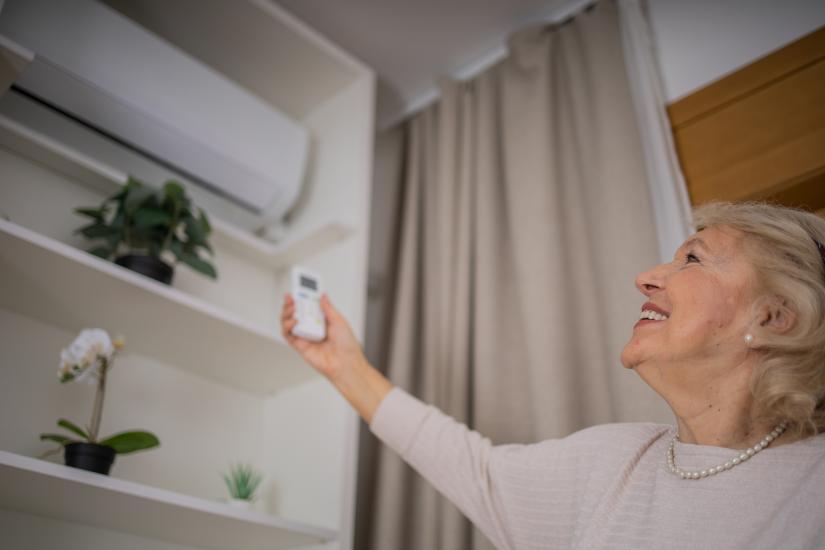Energy efficient homes are boosting your health
Examining the health impacts of home energy efficiency retrofits on homes of vulnerable Australians.

Imagine a world where homes not only save energy and money, but also promote better health and wellbeing. Recent research from UTS has shed light on the powerful link between home energy efficiency and the health of low-income residents.
The Victorian Healthy Homes program was a ground-breaking study that explored the impact of energy efficiency upgrades on the homes of vulnerable people in Victoria, Australia. This innovative research explored the health, quality of life and energy-related benefits of making thermal comfort upgrades in the homes of Victorians living with chronic health conditions and on low incomes.
The results were astounding, revealing that even minor upgrades can significantly improve thermal comfort, reduce energy consumption, and lead to better health outcomes.
A thousand households across Melbourne's western suburbs and the Goulburn Valley were offered free energy efficiency upgrades via the Victorian Government's Home Energy Assist package. The program was evaluated as a randomised controlled trial conducted over three consecutive winters.
There’s an absolutely critical need for Australia to improve the quality of its existing homes.
– Kerryn Wilmot, ISF
As the program's energy research partner, the UTS Institute for Sustainable Futures (ISF) was responsible for measuring changes in residential energy efficiency, energy use, and thermal comfort associated with improved home energy efficiency and warmth.
ISF’s Program Lead for Healthy Environments Kerryn Wilmot said “There’s an absolutely critical need for Australia to improve the quality of its existing homes.”
“Nearly half of Australian homes are estimated to have an energy rating of below two stars, compared with the seven stars mandated for new homes. It’s crucial that we start overhauling substandard housing stock in Australia – especially for vulnerable members of the community,” she said.
ISF worked in partnership with colleagues at the UTS Centre for Health Economics Research and Evaluation (CHERE), the Victorian Healthy Homes program lead research partner. They analysed occupants' health outcomes with an emphasis on cardiac and respiratory illnesses and quality of life, and evaluated the economic co-benefits. The analysis showed wide-ranging benefits over the winter period, including cost savings. For the three-month period the average savings to the health system were $887, 10 times the household energy savings of $85.
The findings of the Victorian Healthy Homes program demonstrate the transformative power of energy efficiency upgrades. Not only in improving thermal comfort and reducing energy consumption, but also in promoting better health outcomes and yielding significant cost savings.
These results highlight the urgent need for further investments in energy efficiency programs, particularly for low-income households, to create healthier and more sustainable homes for vulnerable communities.
There was also a public launch on Wednesday 29 March 2023 at UTS for researchers to share the results of the program. The Victorian Healthy Homes Program UTS launch discussed the program’s potential significance for communities across Australia.
The launch was hosted by the UTS Research Institute for Innovative Solutions for Well-being and Health (INSIGHT), with presentations from ISF, CHERE, the UTS Faculty of Health and Sustainability Victoria. The program findings are uncovering just how much energy efficiency upgrades are revolutionising homes and transforming lives.
View the Victorian Healthy Homes Program UTS launch recording
You can read more about the project on The Fifth Estate
The evidence is in: energy efficient homes boost health for low-income residents - The Fifth Estate, March 2023